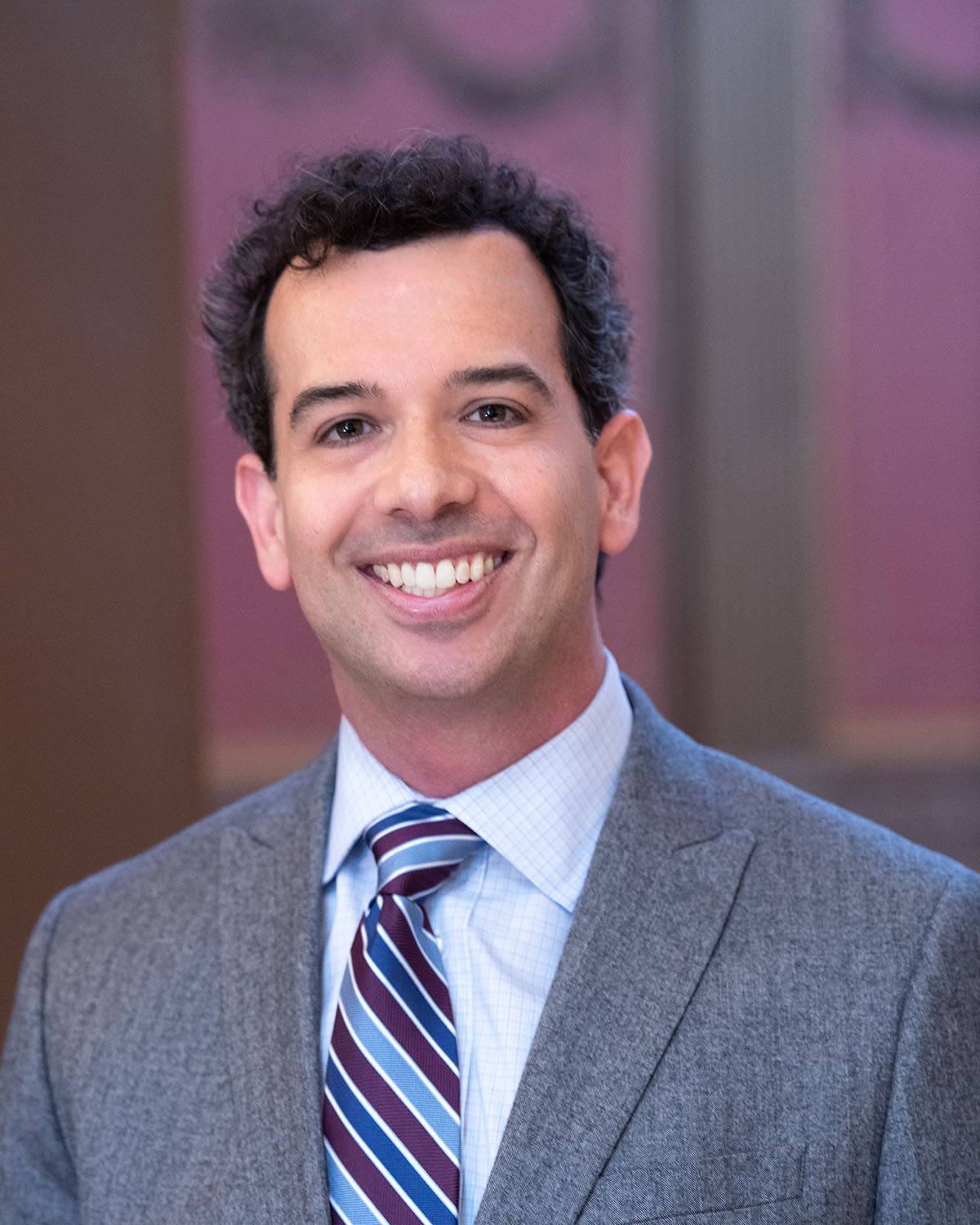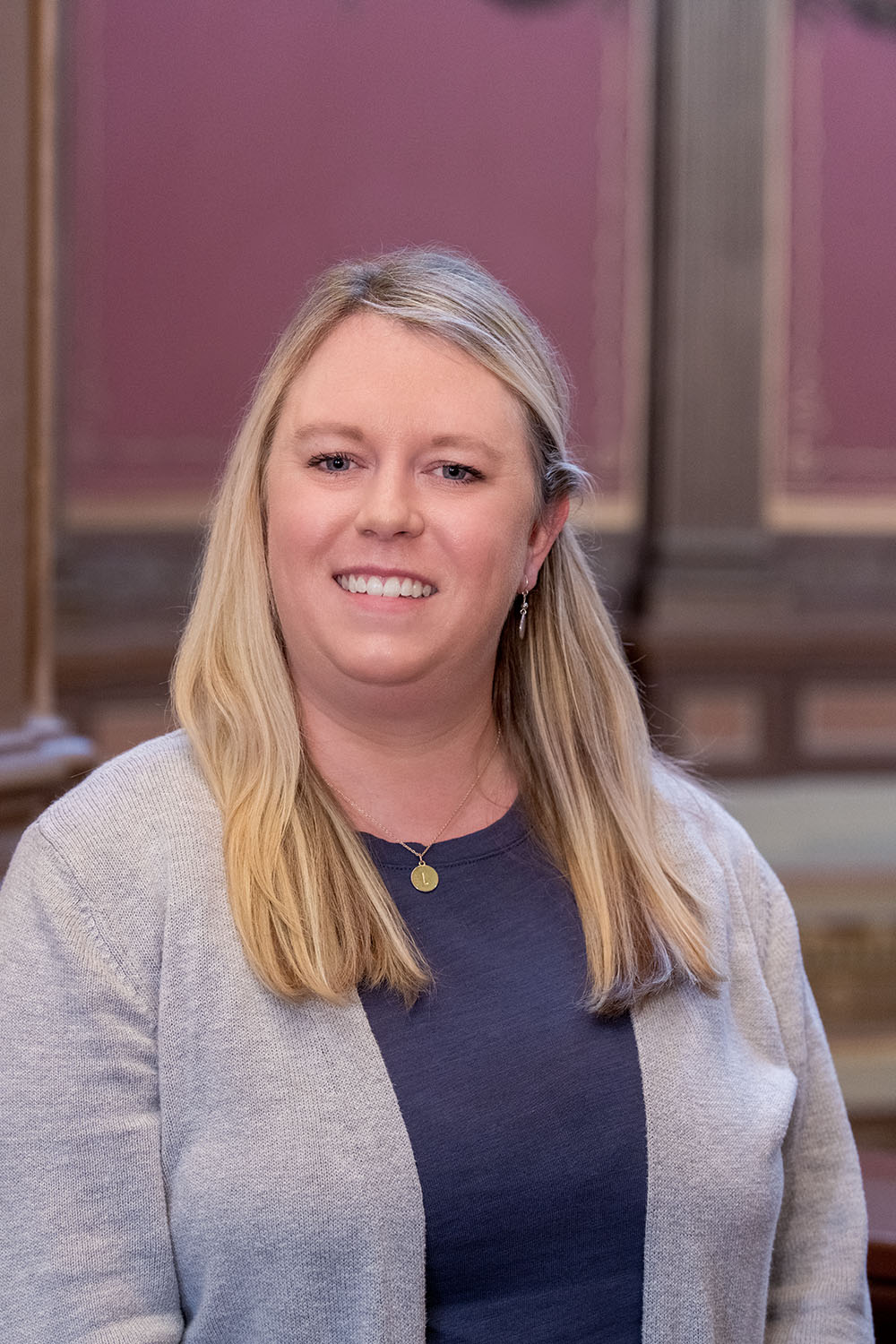

By Zachary Gorchow
President of Michigan Operations
Posted: October 15, 2021 2:14 PM
Going into the redistricting process this year headed for the first time by an independent commission and the accompanying uncertainty, the one certainty seemed that Michigan's 14 U.S. House incumbents were headed for upheaval.
While the map for Michigan's soon-to-be 13 U.S. House districts is far from final, the tumult appears more certain than ever.
The big variable as the public hearing phase begins next week is whether the four draft maps will need wholesale revision in metro Detroit for possibly violating the U.S. Voting Rights Act, which dictates that redistricting cannot reduce the number of majority-minority districts in a state. In 2011, Michigan had two U.S. House districts with a majority Black population. Each of the four draft maps have two districts with more than 40 percent Black residents.
Commission staff have suggested that will satisfy the Voting Rights Act. I have yet to hear from anyone following this process outside of the commission and its staff who agrees.
So, it is possible, maybe probable, that revisions will stretch what the commission now has as the 1st District (most of the city of Detroit and several Downriver communities) and the 2nd District (much of western Detroit plus several western Wayne County suburbs) into southern Oakland and Macomb counties where there are communities with large numbers of Black residents. Those changes would scramble things but even still, there's a pretty good sense at this point of how dramatically different a landscape the state's U.S. House incumbents face.
Let's start off with who faces the fewest problems. It's not often U.S. Rep. Jack Bergman (R-Watersmeet), U.S. Rep. Lisa McClain (R-Bruce Township) and U.S. Rep. Tim Walberg (R-Tipton) have anything in common with U.S. Rep. Rashida Tlaib (D-Detroit).
Mr. Bergman has an easy-breezy, deeply Republican district that now reaches a little farther south into the Lower Peninsula but retains a base of deep-red voters in the Upper Peninsula and northern Lower Peninsula. Mr. Walberg keeps much of his existing south-central Michigan district in staunchly Republican territory but gets rid of the few pockets of Democratic turf in Eaton and western Washtenaw counties and picks up bright red territory in Cass and St. Joseph counties plus Republican-trending Calhoun. He avoids the potential pitfall of his home county of Lenawee getting joined to bordering and heavily Democratic Washtenaw. Ms. McClain keeps a heavily Republican district in northern Macomb and the Thumb and picks up strongly Republican areas of Oakland County.
So, who has problems?
U.S. Rep. Brenda Lawrence (D-Southfield) under three of the maps gets drawn in with U.S. Rep. Andy Levin (D-Bloomfield Township) and under the other map gets drawn in with U.S. Rep. Debbie Dingell (D-Dearborn). In both cases, she loses almost all of her existing turf.
Ms. Dingell did better than I expected. I figured she would get drawn in with Ms. Tlaib but in three of the four maps, she has a district to herself in safely Democratic western Wayne County. Probably no one is more vulnerable to changes to these configurations to address Voting Rights Act concerns. Or perhaps Ms. Dingell runs in the new 7th District, where no incumbent lives (most of Washtenaw and a portion of Downriver and western Wayne County, much of which she now represents), allowing someone else to run in the 2nd District.
U.S. Rep. Haley Stevens (D-Rochester Hills) did not get paired off with Mr. Levin as many thought would happen. The good news is she would get a district with no other incumbents. The bad news for her is she loses almost her entire district and gets pushed into more conservative territory in Macomb County. Republicans have to be salivating at the thought of using Ms. Stevens' anti-gun views against her in a district like the one that's been drawn.
Weirdly, Mr. Levin might be a better fit for what would be Ms. Stevens' new district considering he represents much of that area now. Ms. Stevens would be a good fit for the new district where Ms. Lawrence and Mr. Levin live.
Should Ms. Dingell go for the Washtenaw/Downriver/western Wayne seat, that could enable Ms. Lawrence to run in the 2nd. Ms. Stevens could look at either of those districts, portions of which she now represents.
U.S. Rep. Elissa Slotkin (D-Holly) told The Detroit News what had seemed apparent for a while, that she would move to the Lansing area to run in a new capital region district. This could potentially set up a huge clash with state Sen. Tom Barrett (R-Charlotte), who would be in this district and had his Senate seat wrecked in redistricting and is reportedly considering a congressional bid.
As expected, a new Flint/Tri-Cities district is taking shape that would pit U.S. Rep. Dan Kildee (D-Flint) against U.S. Rep. John Moolenaar (R-Midland). Maybe. Allies of former Attorney General Bill Schuette put out the word this week that perhaps Mr. Schuette would run for one of the Midland area seats and Mr. Moolenaar the other. Presumably, Mr. Schuette would then take on Mr. Kildee and Mr. Moolenaar would run in the new open 13th District stretching west and covering parts of 20 counties. That would give Mr. Moolenaar much of his existing turf (the new Flint/Tri-Cities district would be all new territory for him) and a safe seat. We shall see.
Probably no one is holding their breath more than U.S. Rep. Peter Meijer (R-Grand Rapids). Three maps give him a comfortably Republican seat covering all of Kent plus western Ionia and eastern Ottawa counties. The other map joins Grand Rapids and its more Democratic suburbs with Kalamazoo and its more Democratic suburbs. It would be a Democratic seat and create big headaches for Mr. Meijer.
Finally, there's U.S. Rep. Fred Upton (R-St. Joseph) and U.S. Rep. Bill Huizenga (R-Zeeland), who are combined in a new 9th District where territorially Mr. Upton would have the advantage. Mr. Huizenga has tacked right of Mr. Upton and is a good deal more conservative than he was in his state House days, perhaps making him a better fit with today's Republican electorate than Mr. Upton.
Does Mr. Upton intend to seek another term? Or perhaps Mr. Huizenga runs for that new 13th District though it would be mostly new territory for him. It's hard to imagine the two facing off.
One clear loser from all the maps so far is state Rep. Steve Carra (R-Three Rivers), who has said he is running against Mr. Upton. But all maps put him two counties away from Mr. Upton. No, he does not need to live in the district to run there but running from so far away is a reach. He could stay in his House district and move west to get closer but still cannot move into any of Mr. Upton's potential districts without moving out of his state House district, which would force him to vacate his current job.
The commission's decisions thus far have added some clarity about what will happen with the state's U.S. House incumbents but the move to put four potential maps out for consideration, as well as the uncertainty about compliance with the state Constitution and federal law, mean considerable uncertainty still abounds.




